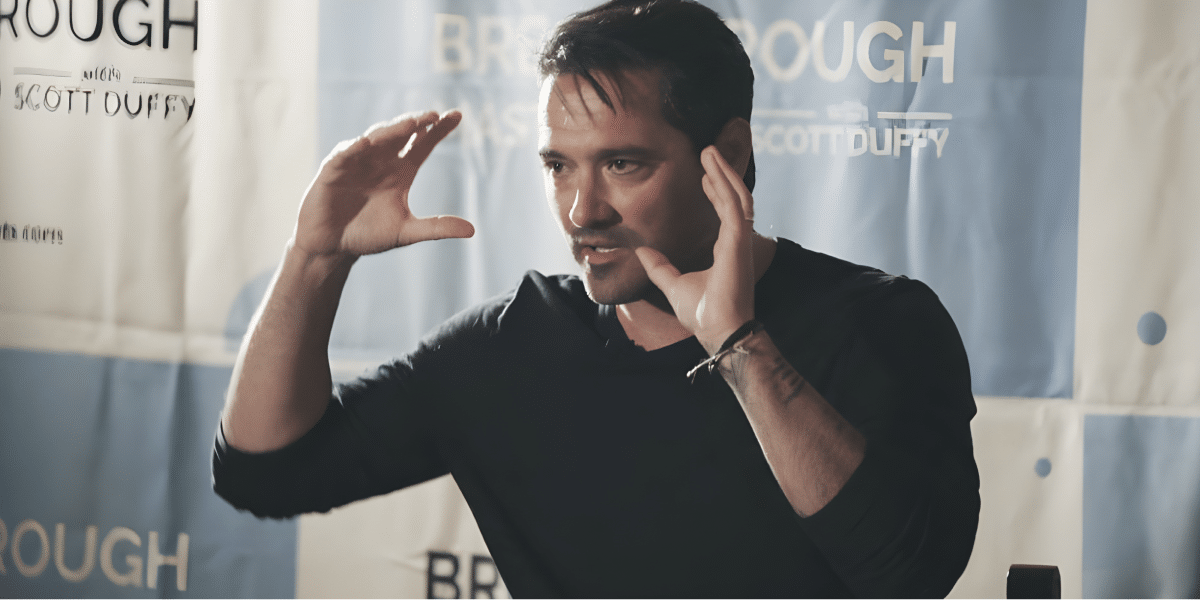What is Consumer Theory?
Hey there! Ever wonder why you choose one product over another when you’re shopping? Or why you might be willing to pay more for something you really want? Well, that’s where consumer theory comes into play. In this article, we’re going to break down the basics of consumer theory and explore how it helps us understand individual preferences and make decisions about what to buy. So grab your shopping cart and let’s dive in!
Consumer theory is like being a detective – it’s all about figuring out what people want and why they want it. At its core, consumer theory is a branch of economics that studies how individuals make choices about what to buy given their limited resources (like money and time). It’s all about understanding the preferences, tastes, and behaviors of consumers and how these factors influence their purchasing decisions.
The Key to Consumer Choices
When it comes to consumer theory, the magic word is “utility.” Utility is just a fancy way of saying “satisfaction” or “happiness.” Basically, it’s the benefit or pleasure that people get from consuming goods and services. Consumer theory assumes that people are rational beings who try to maximize their utility – in other words, they want to get the most bang for their buck and make choices that will make them happiest in the long run.
To understand how consumers make decisions, economists use a nifty little tool called indifference curves. These curves represent all the combinations of two goods that give a consumer the same level of satisfaction, or utility. For example, let’s say you’re trying to decide between buying apples and oranges. An indifference curve would show you all the different combinations of apples and oranges that would make you equally happy – like two apples and three oranges, or one apple and four oranges.
Budget Constraints and Optimal Choices
Of course, we can’t have it all – we’ve got to work within our budget. That’s where budget constraints come into play. A budget constraint shows all the different combinations of goods that a consumer can afford given their income and the prices of goods. The optimal choice for a consumer is the combination of goods that gives them the highest level of utility (satisfaction) within their budget constraint. It’s like finding the sweet spot where you get the most happiness for your hard-earned cash.
Ever notice how the first slice of pizza tastes way better than the fifth? That’s the law of diminishing marginal utility in action. Basically, it says that as you consume more of a good, the additional satisfaction (or utility) you get from each additional unit decreases. So while the first slice of pizza might be pure bliss, by the fifth slice you’re starting to feel pretty full – and maybe even a little queasy.
Shop Smart, Live Happy
Consumer theory helps us understand the choices we make as consumers and how we can maximize our satisfaction with limited resources. By understanding our preferences, budget constraints, and the law of diminishing marginal utility, we can make smarter choices about what to buy and how to spend our hard-earned money. So next time you’re faced with a decision at the grocery store or the mall, remember to shop smart and live happy!









